An alphabet photography challenge changed the way I shoot
I’ve been wanting to do this for a while now. I never expected it to be this complicated and challenge my way of thinking about photography as much as it did. Such a simple concept with no expensive gear and no planning needed, yet doing an alphabet challenge with a disposable camera has changed the way I think about my photography.
What could be easier than picking up a cheap, disposable camera and taking a photo for each letter of the alphabet? Well, as it turns out, not doing that very thing is much easier.
The plan was to buy a film camera that has 27 exposures and challenge myself to take one photo that represents the letter “A”, another photo for “B”, one photo for “C” and so on and so on. Buying the camera was the easiest part. They were so cheap I even bought two just in case, which turns out was a good thing, but we’ll get to that.
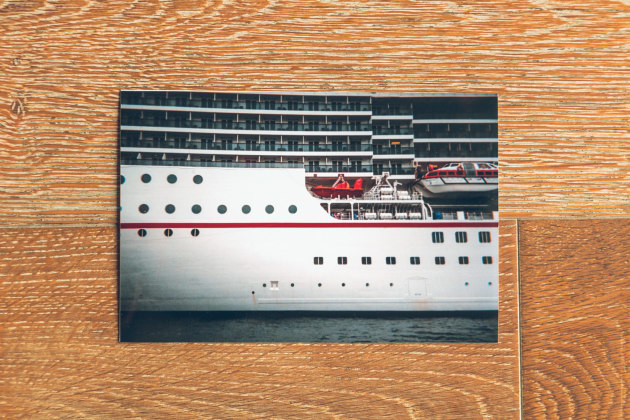
As soon as I walked out of the store I started having problems. Questions started rolling through my head.
Should I be literal? Should I shoot an apple for “A”, a bird for “B”, a cat for “C”? Should I be conceptual? Should I shoot awkward for “A”, bad for “B”, consumerism for “C”? Do I have to start with the letter “A”? Do I keep them all in landscape orientation? How do I choose what to shoot for certain letters? If I photograph the Sun for “S” I won’t be able to do shadow, or skin, or sorrow, or anything else starting with “S”.
What is going to be my first photo? Do I have to shoot in order? Does it matter?

Suddenly everything was a potential photo. I was seeing everything for its alphabetic potential. Cars were “C” for Car, or “A” for Automobile, or “T” for Transport. Buildings were “B” for Buildings, or “A” for Architecture, or “F” for Facade.
For hours I was wandering around Sydney, repeatedly holding the viewfinder up to my eye with my finger teetering on the shutter, my jaw clenching, and nothing.
I had gone from shooting in digital where any photo I took I could instantly review and delete and recapture if necessary, to having only 27 exposures where as soon as I took a single photo it would make that particular letter complete and no longer able to be photographed.
26 letters, one shot for each. I couldn’t bring myself to take a single photo. Something had to give.


I was on a Sydney Harbour ferry coming into Circular Quay and already on the short ride from Kirribilli I had attempted to press the shutter numerous times. I was fed up. So I made myself a deal. This camera I would use to just take photos of random things I liked and I’ll use my secondary camera for the challenge.
No more pressure to capture the alphabet! I was free! So I took an abstract (kind of) shot of the side of a cruise ship in the harbour. And that was it. “A” is for “Abstract”. The gate was open and I was underway.

The same questions kept running through my head but I was able to take photos when it just felt right. I captured “K” for “Keep Out” right after my first shot but it took nearly 3 weeks in total to take my last photo, “E” for “Espy” in Melbourne. So I didn’t shoot in order either but that didn’t bother me.
I thought it was noteworthy but could not find any meaning in the fact that my last 4 letters were “E-NV-Y”. What surprised me is that the most common letter in the English language was the last letter I photographed. The letter “N” was a special decision of what to shoot. You’ll have to check out the full list to see what it was.
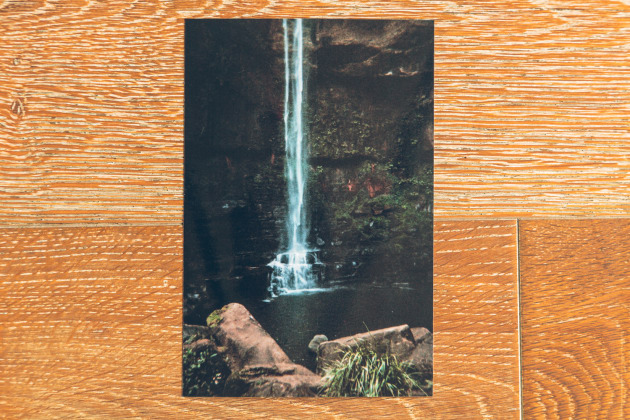
As well as some of the challenges I’ve already outlined, I had other things to think about too. I knew the film was ISO400, and the instructions indicated that I should not shoot anything closer than 1m due to the set focus.
The aperture was small and I had no idea of what the shutter speed was, but also assumed it was quite fast. Searching the internet did not give any more information other than what was already on the camera. It had a flash for low light but I avoided shooting in low light to keep the quality of the shots as high as I could.
Shooting fine-art landscape photography has trained me to shoot wide and protect my highlights. I had no idea how this camera would handle shadows and highlights and the field of view looked something around a normal 50mm on a full frame.
I had no idea how accurate the viewfinder was either. Turns out it doesn’t show you when your finger is in front of the lens!
I thought I made a conscious effort to avoid this! My finger makes an appearance in at least 4 images.

The camera went with me wherever I went. Just like it is possible to pocket dial with your phone, turns out it’s possible to pocket photograph too. This may have happened a few times so I had the second camera as a backup.
I made sure I didn’t reshoot any letters or shots I thought I might have messed up, but I needed the second camera for the last 4 letters. For some letters I got a dictionary out for ideas.
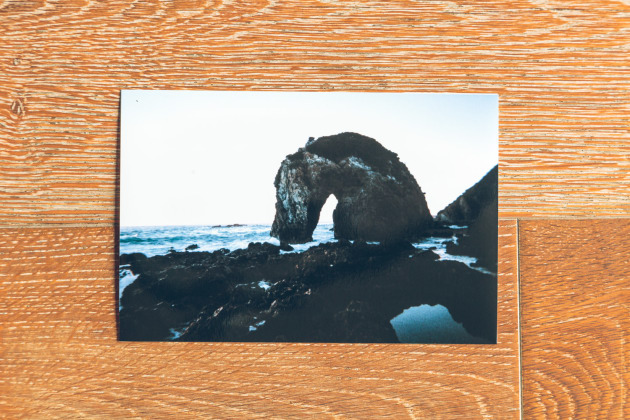
Walking around the streets produces very little options for “X”. The dictionary gave me the idea to shoot Yachts for “Y”. All these unknowns and restrictions really took me out of my comfort zone with photography.
I bet there are film shooters out there that are laughing at my feeble attempts at taking unreviewable photos, but that’s the whole point of this challenge. I put so many restrictions on how and what I could shoot that it forced me to think about what is important in my photography.
The quality of the images are just terrible as you can see but the journey of taking them is priceless. In the end I didn’t just shoot literal meanings or only conceptually. I photographed what felt important to me at the time and made a real effort to make the single shot I had count.
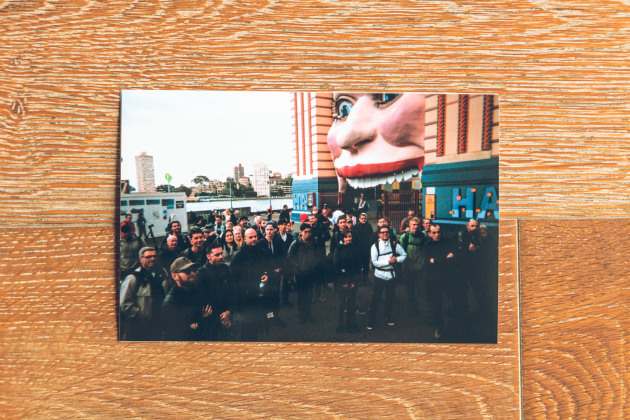
I didn’t first take a photo with my phone or DSLR to see what it could look like. I clicked the shutter and accepted that that was all I was going to get for that particular letter.
In setting myself this challenge I didn’t expect to take it this seriously and put as much thought into it as I did. It has been a great learning experience for me and I’d recommend for anyone else to try this example or something similar.
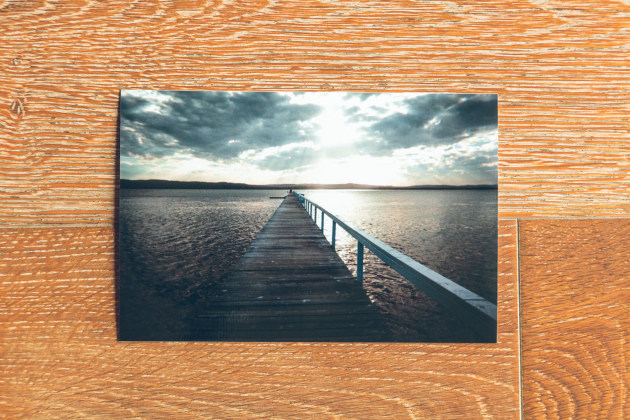
You might be in a creative rut, you may still be learning and want some basic experience in shooting film. Maybe you just feel like shaking things up a bit and challenging the style of photography you’ve become comfortable with.
This low-tech, mentally and technically challenging, restrictive project gave me lots to think about when it comes to what is important in my photography. Why not challenge what you think is important in photography too?


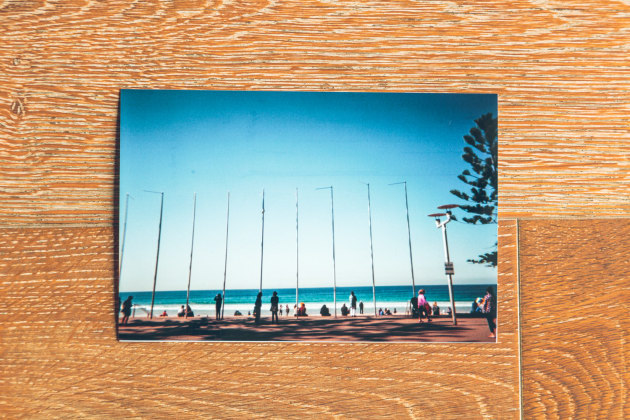



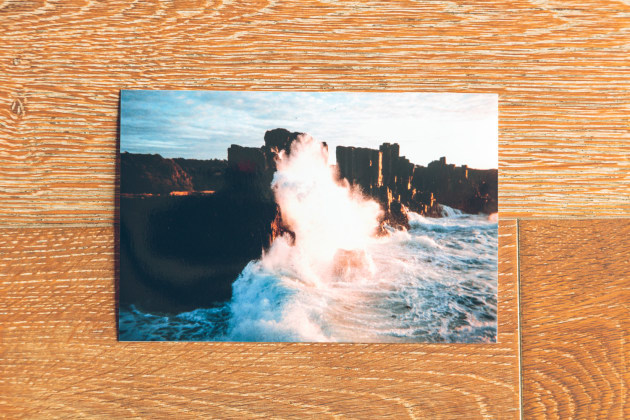


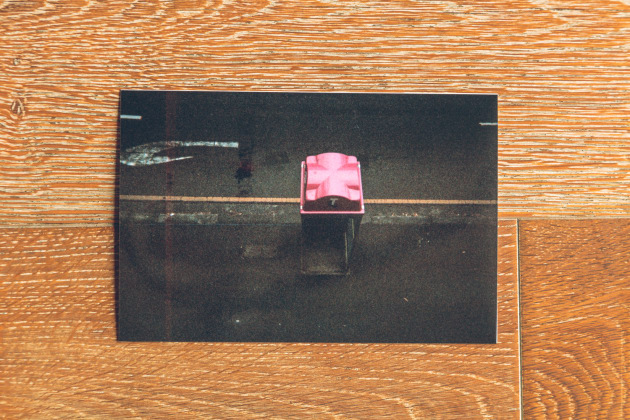




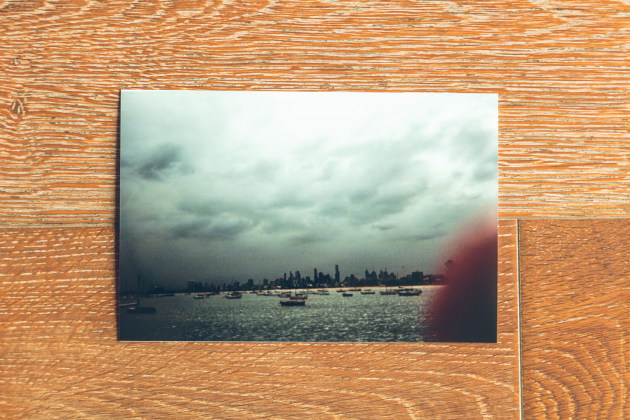

Kieran Stone is a professional landscape photographer based in Melbourne. See more of his work on his website or on instagram.


